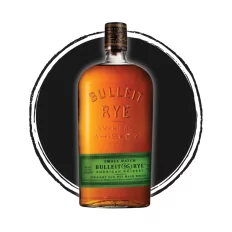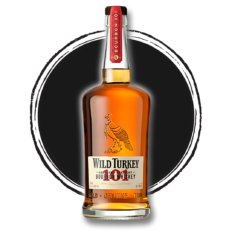More Articles
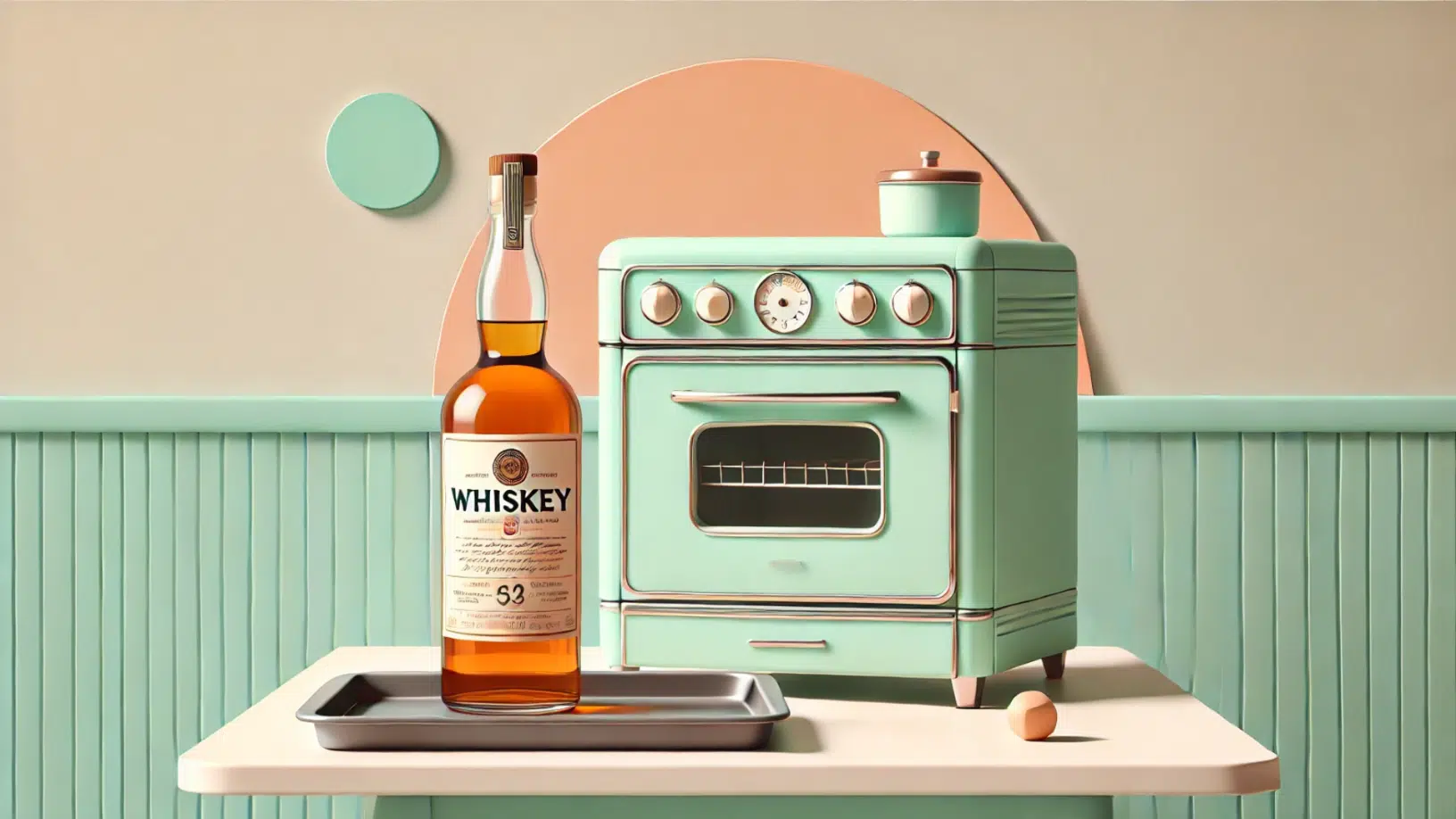
Best Whiskey for Baking
Whiskey isn’t just for sipping—it’s a game-changer in the kitchen. Best Whiskey for Baking – Recipe Pairings Fruit-based desserts, on…
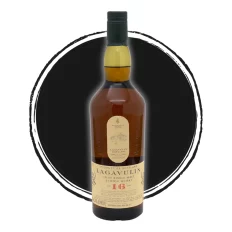
Lagavulin 16
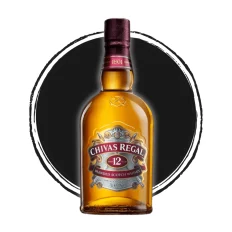
Chivas Regal 12
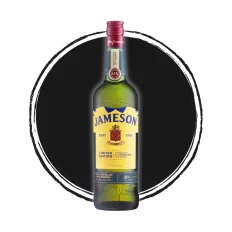
Jameson Irish Whiskey
If you love whiskey and baking, you’re in for a treat! Whiskey isn’t just for sipping—it’s a game-changer in the kitchen. Whether you’re an experienced baker or just curious about adding whiskey to your recipes, this guide has you covered.
We’ll show you how whiskey can boost the flavor and texture of your baked goods, from desserts to savory breads. Plus, we’ll help you pick the perfect whiskey for your recipes with our top 10 list. Get ready to add a splash of spirit to your baking and explore the tasty possibilities!
What is whiskey’s role in baking?
Whiskey’s role in baking isn’t just about adding flavor. It’s a multifaceted ingredient that enriches and deepens the taste profiles of various baked goods. It’s a versatile ingredient, because it can tenderize, moisten, and impart complex flavors to cakes, pies, and pastries. The alcohol in whiskey evaporates when baked, leaving behind a rich bouquet of flavors that range from sweet caramel notes to deep, smoky undertones, depending on the whiskey variety used.
Moreover, whiskey is not just about enhancing flavor. It can also affect the texture of baked goods. For instance, it can contribute to the moistness of cakes, making them more tender and enhancing their shelf life. In doughs and batters, the interaction between whiskey and other ingredients can alter gluten formation, affecting the final product’s texture.
Beyond flavor and texture, whiskey can also complement and elevate other ingredients. The spirit can amplify the flavors of nuts, chocolate, and fruits, creating a harmonious balance that makes each bite more complex and satisfying. Whiskey can bring out a depth of flavor that is difficult to replicate with other ingredients.
Whiskey’s contribution to baking is both an art and a science, offering a spectrum of possibilities for creativity and innovation in the kitchen. Its ability to transform, enhance, and elevate baked goods makes it a cherished ingredient among bakers seeking to add a touch of sophistication and complexity to their culinary creations.
Selecting the right whiskey
Choosing the right whiskey for baking hinges on understanding the flavor profiles and alcohol content that best complement your recipe. Flavor profiles in whiskey can range from sweet, with notes of caramel and vanilla, to smoky, imparting a rich, peaty essence, and spicy, adding a warm, aromatic kick. The complexity of whiskey’s flavor can elevate simple baked goods into gourmet delights, making the selection process crucial.

For example, a sweet bourbon like Wild Turkey 101 can beautifully complement a caramel pecan pie, adding depth and a hint of vanilla. On the other hand, a smoky Scotch like Glenfiddich 12 Year Old can add an intriguing depth to an apple crumble, enhancing the fruit’s natural flavors with a subtle smokiness. Sweet whiskeys, often bourbons with their caramel and vanilla undertones, are ideal for desserts and chocolate-based recipes.
Smoky whiskeys, like certain Scotch varieties, pair well with fruit-based desserts, adding depth and contrast. Spicy whiskeys, typically ryes, can enhance the flavors in spice-heavy and savory baked goods. The alcohol content plays a significant role as well.
High-proof whiskeys are excellent for extracting flavors when infusing fruits or nuts, as their higher alcohol content pulls more essence from the ingredients. Conversely, moderate-proof whiskeys are better suited for direct incorporation into recipes, where evaporation during baking intensifies the whiskey’s inherent flavors without overwhelming the dish. Selecting the right whiskey is thus a balance of matching the whiskey’s characteristics with the desired outcome in the baked good, ensuring a harmonious blend of flavors that enhances rather than overpowers the final product.
Top 10 Whiskeys for Baking
Identifying the Top 10 Whiskeys for Baking involves selecting spirits that not only enhance flavors but also complement the ingredients of various baked goods. This curated list spans across categories, including Bourbon, Rye, Scotch, Irish, American, Tennessee, Single Malt, Blended, Cask Strength, and Craft whiskeys, each chosen for their unique ability to infuse baked dishes with depth and complexity. Bourbon, like Wild Turkey 101, is celebrated for its sweet, full-bodied profile, making it a versatile choice for desserts.
Rye, such as Bulleit Rye, introduces a spicy edge, perfect for recipes that call for a bit of warmth. Scotch, exemplified by Glenfiddich 12 Year Old, offers a smoky nuance, ideal for fruit-based creations. Irish whiskey, like Jameson, with its smooth and mellow character, blends seamlessly into a variety of baked goods.
American whiskey and Tennessee whiskey, represented by Maker’s Mark and Jack Daniel’s respectively, provide distinctive flavors that can elevate both sweet and savory dishes. Single Malt and Blended whiskeys, like Lagavulin 16 Year Old and Chivas Regal 12 Year Old, offer a range of smoky to sweet notes. Cask Strength whiskey, such as Aberlour A’bunadh, delivers robust flavors, while Craft selections like High West Campfire blend multiple whiskey styles for a unique baking ingredient.
Choosing from these Top 10 Whiskeys for Baking ensures that each baked creation, from chocolate-based desserts to savory breads, benefits from the rich and varied flavors that only whiskey can provide, making each dish uniquely delicious.
Bourbon: Wild Turkey 101
Wild Turkey 101 offers bakers its deep, rich flavors of vanilla, oak, and caramel. It’s also a high-proof whiskey, and so works best on items with long baking times. This will remove the alcohol burn, and leave a nice, smoky flavor that works excellently on dessert bars or breads.
Rye: Bulleit Rye
Bulleit Rye carries the spicy kick rye whiskies are known for. It’s best coupled with dark chocolate, or pretty much anything else with intense flavor. Alternatively, you could use it to provide an extra dimension to baked goods that could use a bit more flavor.
Scotch: Glenfiddich 12 Year Old
Glenfiddich 12 Year Old, is notable for its fruit flavors and mild smokiness. It’s best used to enhance the flavour of fruit-based desserts or pastries. It’s also the best-selling Scotch out there, so it’s easy to get and experiment with.
Irish: Jameson
Jameson is a good starter to Irish whiskey in every respect, including baking. It’s a light and mellow whiskey that you can use for almost any baking recipe, whether it’s the classic Jameson Irish Whiskey Cake, bread pudding, or just about any sweet dessert.
American: Maker’s Mark
Maker’s Mark provides a soft, sweet profile with honey, caramel, and vanilla notes. The wheat makes it sweet and it’s distilled to not taste bitter. It’s best used to compliment nutty and chocolatey desserts, or deepen an existing cinnamon flavor.
Tennessee: Jack Daniel’s
Jack Daniel’s has a charcoal-mellowed sweetness and notes of caramel and vanilla. This makes it ideal for baked goods focused around chocolate or caramel. It’s also one of the most common whiskies, so you’ll see more recipes incorporating Jack Daniel’s than most other whiskies.
Single Malt: Lagavulin 16 Year Old
Lagavulin 16 Year Old hits hard with smoky and peaty flavors, and these go best with dark chocolate desserts. Whether it’s brownies or chocolate cake, anything dark chocolate gets a lot of complexity with a bit of Lagavulin.
Blended: Chivas Regal 12 Year Old
Chivas Regal 12 Year Old is a smooth, blended Scotch with herbal, honey, and fruity notes. Its balanced profile suits a wide array of baking recipes, though it works best with coffee and cinnamon flavors. And if you don’t want to commit to buying a full bottle, it also comes in 50ml size.
Cask Strength: Aberlour A’bunadh
Aberlour A’bunadh brings bold flavors of dark chocolate, spices, and dried fruits. Its strength makes it excellent for adding particular flavors to your baking recipes. Remember, cask strength whiskies have higher alcohol content, so make sure to adjust your baking times to ensure you burn off the correct amount of alcohol.
Craft: High West Campfire
High West Campfire blends rye, bourbon, and Scotch, and hits many flavor notes with that blended profile. It can add complexity to almost any baked good. Try it with chocolate desserts, as the smoke and peat flavors add a lot of depth.
Pairing whiskey with baking recipes
Pairing whiskey with baking recipes is an art that enhances the flavor profile of desserts and breads. The key to successful pairing lies in matching the whiskey’s characteristics with the ingredients of the dish. Desserts, especially those that are chocolate-based, benefit from the sweet and caramel notes found in bourbons and American whiskeys.
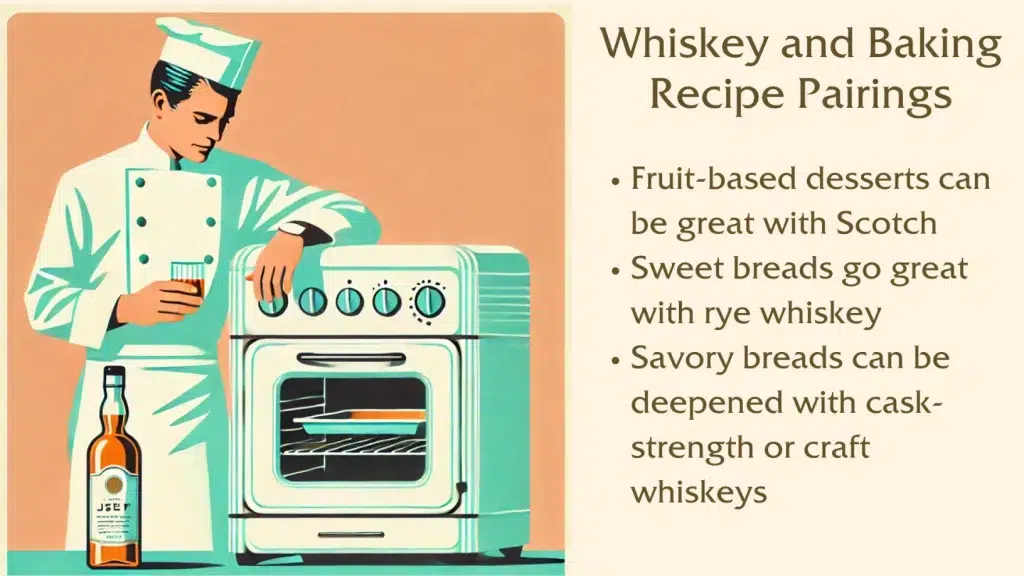
Fruit-based desserts, on the other hand, can be elevated with the smoky nuances of Scotch, adding depth and complexity. When it comes to breads, both sweet and savory varieties can be enriched with whiskey. Sweet breads gain an aromatic lift from the spicy notes of rye whiskey, while savory breads can be deepened with the robust flavors of cask strength or craft whiskeys.
Understanding these pairings allows bakers to create nuanced, flavorful baked goods that showcase the versatility and richness of whiskey.
| Whiskey Type | Baked Good Type | Example Recipe | Whiskey Recommendation | Notes |
|---|---|---|---|---|
| Bourbon | Desserts | Chocolate Bourbon Pecan Pie | Wild Turkey 101 | The vanilla and caramel notes of the bourbon enhance the richness of the chocolate and pecans. |
| Rye | Breads | Spiced Rye Pumpkin Loaf | Bulleit Rye | The spicy undertones of the rye complement the autumnal spices in the pumpkin loaf. |
| Scotch | Fruit-based Desserts | Apple Crumble with Smoky Scotch | Glenfiddich 12 Year Old | The smoky notes of the Scotch add a depth of flavor to the sweet and tart apples. |
| Irish | Cheesecake | Irish Cream Cheesecake | Jameson | The smoothness of Jameson blends seamlessly into the creamy cheesecake mixture, adding a hint of whiskey flavor without overpowering. |
| American | Savory Breads | Honey Whiskey Cornbread | Maker’s Mark | The sweetness of the American whiskey pairs well with the natural sweetness of the cornbread, while the honey accentuates the whiskey’s flavor. |
| Tennessee | Chocolate Desserts | Jack Daniel’s Chocolate Cake | Jack Daniel’s | The unique charcoal-mellowed sweetness of Jack Daniel’s adds a complex flavor to the chocolate cake. |
| Single Malt | Rich Desserts | Smoky Chocolate Tart | Lagavulin 16 Year Old | The intense smoky and peaty notes of the single malt Scotch provide a bold contrast to the sweet chocolate. |
| Blended | Fruit Pies | Scotch Apple Pie | Chivas Regal 12 Year Old | The herbal and fruity notes of the blended Scotch complement the sweetness and acidity of the apples. |
| Cask Strength | Flavor Infusions | Cask Strength Rum Raisin | Aberlour A’bunadh | The bold flavors of the cask strength whiskey intensify the rum raisin infusion, adding a robust whiskey taste. |
| Craft | Unique Desserts | Campfire S’mores Brownies | High West Campfire | The blend of rye, bourbon, and Scotch in this craft whiskey adds a complex smokiness to the s’mores brownies, reminiscent of a campfire. |
Tips for baking with whiskey
Baking with whiskey can elevate ordinary recipes into extraordinary culinary delights. To ensure the best outcomes, mastering the art of incorporating whiskey is key. Measuring accurately is crucial; employing a kitchen scale guarantees precision, allowing the whiskey’s flavor to complement, not overpower, the dish.
When adjusting the amount of whiskey in a recipe, start with small increments, especially if the recipe doesn’t originally include alcohol. A good rule of thumb is to substitute a portion of the liquid ingredients with whiskey, typically starting with 1/4 to 1/3 of the total liquid volume, depending on the recipe’s tolerance for additional liquid and flavor. Infusing flavors by soaking fruits or nuts in whiskey before mixing them into your bake can significantly enhance the final taste.
For example, soaking raisins in bourbon for a bread pudding not only plumps the raisins but also infuses them with a rich, boozy sweetness that permeates the dish. This strategy not only optimizes the impact of whiskey on the flavor profile but also maintains a harmonious balance between the spirit and other ingredients, enriching the overall baking experience.
Measuring
Accurate measuring is essential in the art of baking with whiskey, ensuring the spirit enhances rather than dominates the dish. When substituting whiskey into recipes that don’t originally call for it, consider the whiskey’s proof and the overall balance of flavors. High-proof whiskeys may require dilution or a smaller quantity to prevent the alcohol from overpowering the dish’s flavors.
Use a kitchen scale for precision
For the utmost precision, utilize a kitchen scale. This tool guarantees exact whiskey measurements, achieving a harmonious flavor balance in your baked creations. A kitchen scale is particularly useful when converting liquid measurements to weight, ensuring that the addition of whiskey does not disrupt the recipe’s moisture balance.
Infusing flavors
The technique of infusing flavors plays a pivotal role. It allows the whiskey’s complex character to permeate the ingredients, enriching the dish’s overall taste profile. For a step-by-step guide, begin by choosing a complementary whiskey for your ingredients.
Place the fruits or nuts in a jar, cover them with whiskey, and allow them to soak for at least 24 hours, shaking the jar occasionally to ensure even flavor distribution.
Soak fruits or nuts in whiskey
Enhance your baked goods by soaking fruits or nuts in whiskey. This method marries the essence of the whiskey with these elements, infusing your bake with rich, nuanced flavors for a truly integrated taste experience. After soaking, drain the fruits or nuts but reserve the whiskey; it can be used to brush onto the finished baked goods for an extra layer of flavor or incorporated into glazes and frostings.

